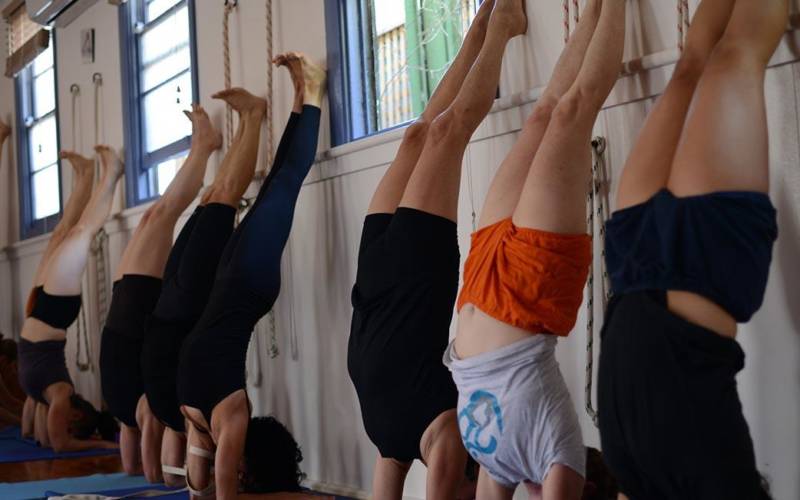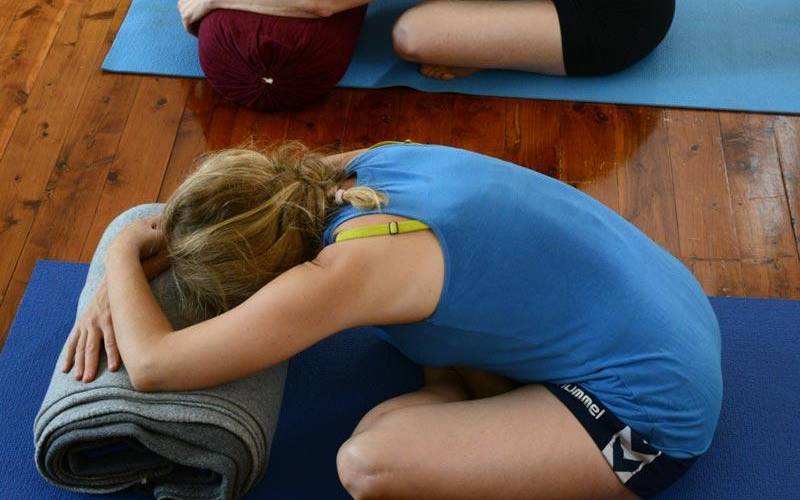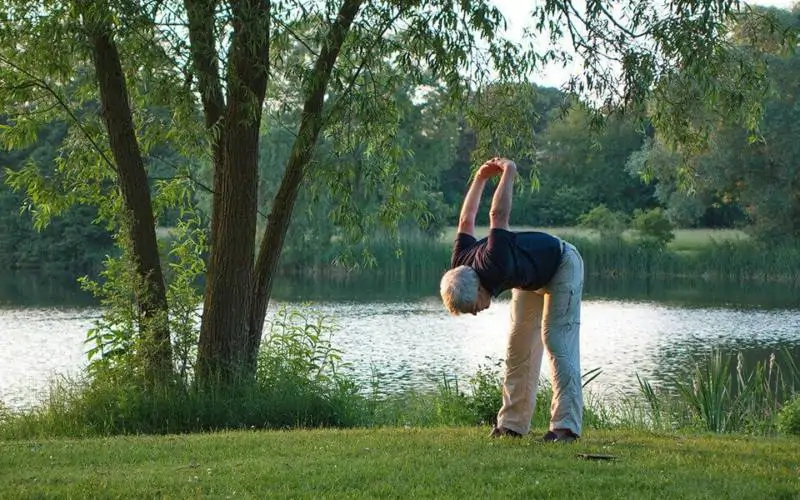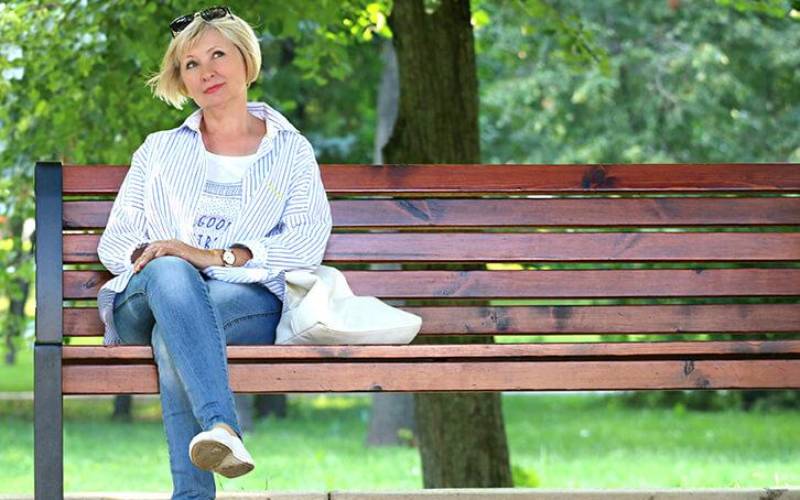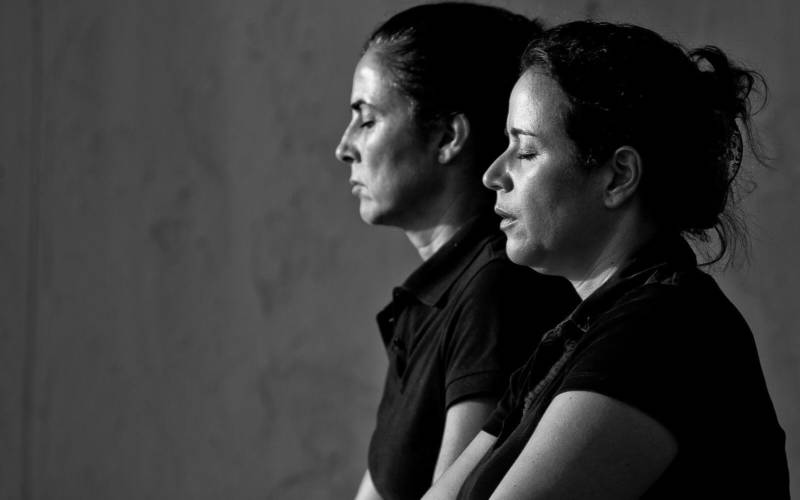Objective
To determine if a tailored yoga program could improve age-related changes in hip extension, stride length, and associated indices of gait function in healthy elders, changes that have been linked to increased risk for falls, dependency, and mortality in geriatric populations.
Design
Single group pre-posttest exploratory study. A 3-dimensional quantitative gait evaluation, including kinematic and kinetic measurements, was performed pre- and post-intervention. Changes over time (baseline to post intervention) in primary and secondary outcome variables were assessed using repeated-measures analysis of variance.
Setting
Yoga exercises were performed in an academic medical center (group classes) and in the subjects’ homes (yoga home-practice assignments). Pre- and post-assessments were performed in a gait laboratory.
Participants
Twenty-three healthy adults (age range, 62-83 y) who were naive to yoga were recruited; 19 participants completed the program.
Intervention
An 8-week Iyengar Hatha yoga program specifically tailored to elderly persons and designed to improve lower-body strength and flexibility. Participants attended two 90-minute yoga classes per week, and were asked to complete at least 20 minutes of directed home practice on alternate days.
Main Outcome Measures
Peak hip extension, average anterior pelvic tilt, and stride length at comfortable walking speed.
Results
Peak hip extension and stride length significantly increased (F1, 18=15.44, P<.001; F1, 18=5.57, P=.03, respectively). We also observed a trend toward reduced average pelvic tilt (F1, 18=4.10, P=.06); adjusting for the modifying influence of frequency of home yoga practice strengthened the significance of this association (adjusted F1, 17=14.30, P=.001). Both the frequency and duration of yoga home practice showed a strong, linear, dose-response relationship to changes in hip extension and average pelvic tilt.
Conclusions
Findings of this exploratory study suggest that yoga practice may improve hip extension, increase stride length, and decrease anterior pelvic tilt in healthy elders, and that yoga programs tailored to elderly adults may offer a cost-effective means of preventing or reducing age-related changes in these indices of gait function.
The paper has been published in Arch Phy Med Rehabil (2005) 86:1830-1837 This is part of the collection of studies published as the Mumbai Research Compilation. A collection of presentations made at the Light on Yoga Research Trust in collaboration with the Bombay Hospital Trust, Indian Medical Association, General Practitioners Association and the Parkinson’s Disease and Movement Disorder Society.

